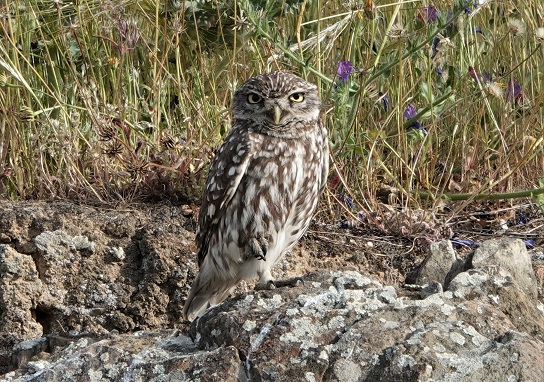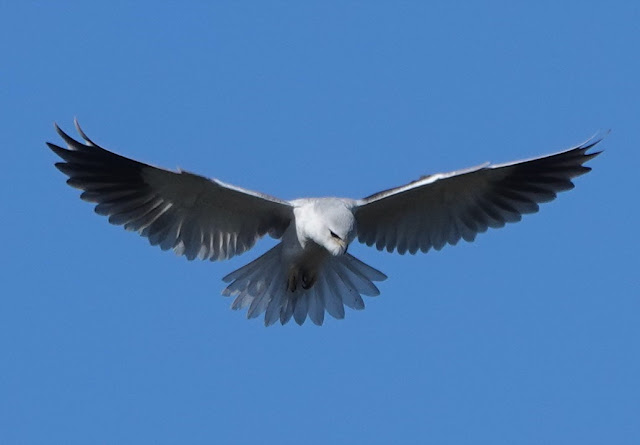Living autumn
 |
| River Magasca early November (Martin Kelsey) |
The months of October and November are the most critical in shaping the seasons ahead. After the slumbering stasis of summer, it is autumn when both figuratively and in a real sense, the flood gates open. Or should - because if the rain does not materialise, the forthcoming winter will be filled with a grey despondency, across both the landscape and eating and gnawing into the very psyche of the rural folk.
This autumn people are walking with a spring in their step. So far this season we have had already had over four times as much rain as last autumn, with plenty more expected over the next few days. This figure is based on the daily rainfall measurements taken by my good neighbour, Peter. He tells me that so far this year we have received 635 mm of rain (which is higher than the average rainfall for London, UK). The result has been a feast to the eyes that could not have contrasted more with the bleakness of last year. Rivers that were dry until early March are already flowing. We are enjoying an autumn this year which is oozing with life.
 |
| Serotine Narcissus (Martin Kelsey) |
The bloom of the autumn bulbs has been spectacular, perhaps none more so than the vast swards of Serotine Narcissus, which is places give the appearance of a dusting of snow. Each individual specimen seems feeble and vulnerable. The star-like flower is held on a flimsy stem, bereft of leaves (which had grown in the spring and then withered in the summer). The merest caress of a breeze sends the structure nodding and yet collectively they can change the colour of an entire field. Intermingled with the narcissi are Autumn Squills and Autumn Snowflakes. This whole sensation is best experienced at ground-level, where these autumn gems, amongst those ghosts of summer: the dry flowerheads of the thistles, become a thousand wands of life.
 |
| Serotine Narcissus, Autumn Squill and thistle heads (Martin Kelsey) |
A break in the clouds and sunshine sets off the year-end song of Woodlark, which mixes with the heraldic bugling of the incoming Common Cranes. These winter visitors, perhaps the most symbolic for us, have poured into Extremadura over the last two weeks. Thousands are now gathered on the newly harvested fields of rice and maize. In contrast the remaining birds of passage which are heading to destinations in the Sahel are quietly withdrawing from the scene. The flycatchers and Whinchats have now all gone and there are barely any Northern Wheatears still around. Their places now taken with the community of winter birds: Robins, Song Thrushes, Meadow Pipits and Skylarks. There is no other season like winter here for the sheer abundance of birds in almost every landscape.
With the scrutiny of careful sight and sound, oddities can be found. A party of Common Crossbills that we found feeding in pines above a favourite picnic spot of mine was the first record in the Monfragüe National Park since 2012.
 |
| "Back of Camera" shot of Yellow-browed Warbler in Monfragüe (John Hawkins) |
Two Yellow-browed Warblers have been found this autumn so far, one also in the Monfragüe National Park at the beginning of October and one at the end of the month in a hotel garden just a kilometre from where we live. For the latter I am grateful to its finder, Simon Tonkin, who quickly got a message to me about his lucky sighting. A few hours later as I watched this hyper-active little warbler, of Siberian origin (and which should have been by now on its way to south-east Asia), I marvelled at the statistical (im)probability of these sightings. There are over 15,000 square kilometres of dehesa woodland in Extremadura. Each of these rare tiny warblers were found in places where birders are habitually present. They were seen on just single days, and never again. How many more pass through the vastness of the woodlands of Extremadura wholly undetected in areas where birders never set foot?



Comments